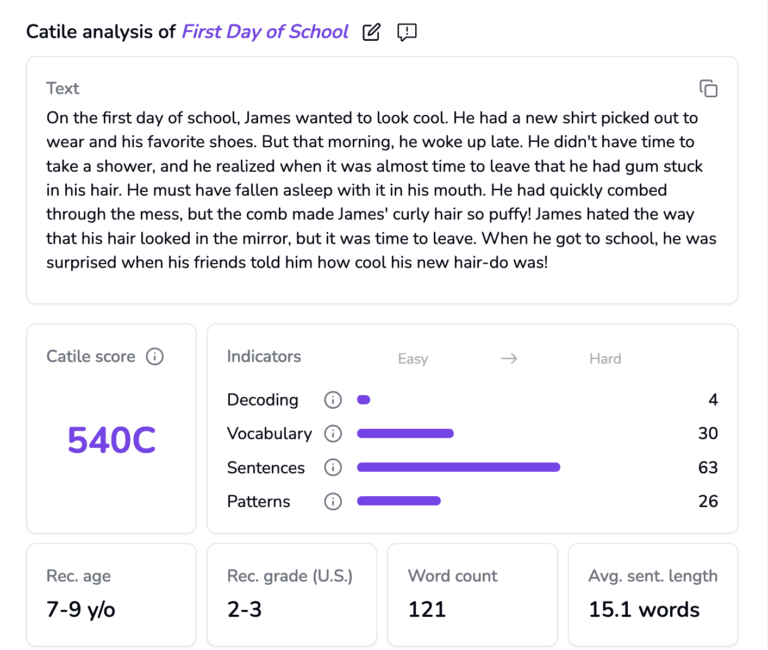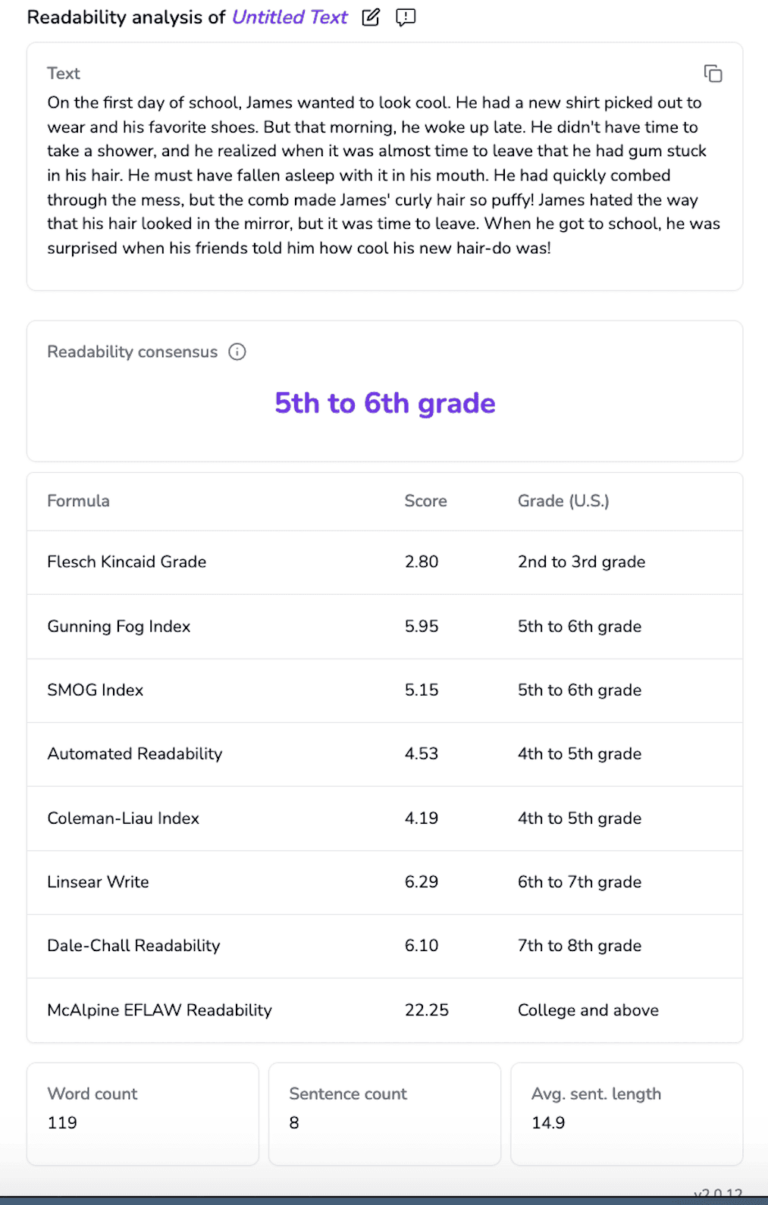Teachers Pay Teachers is the world’s largest online teaching resource exchange, and on their website, Teachers Pay Teachers states that they have more than seven million educators enrolled, along with over seven million teacher-created lessons available for purchase.
Since 2006 when the platform was created by Paul Edelman, a former NYC public school teacher, Teachers Pay Teachers has had over one billion resources downloaded from the site.
With at least 185,000 teachers having sold resources on the site over the past year, we examine the quality of some of the material on offer and suggest some new tools which teacher creators can use to differentiate their resources from the mountain of other materials listed on Teachers Pay Teachers.
Why do teachers use Teachers Pay Teachers?

When searching Google for classroom materials is so fast and convenient, why do so many teachers choose to pay for resources on Teachers Pay Teachers?
On the Teachers Pay Teachers’ website, in 2021, the company claimed that two in three American teachers had accessed their website, and an earlier independent review of the 2018-19 national American Teacher Panel Data indicated that 64.8% of teachers reported using Teachers Pay Teachers materials at least weekly.
This very high usage rate for Teachers Pay Teachers concurs with more recent research which indicates that many teachers place far greater trust in materials that fellow teachers have made available for download, even if they have to pay a small fee.
Does Teachers Pay Teachers have a quality problem?
In a recent peer-reviewed article in Computers and Education Open, the authors claim:
Despite its success and popularity, Teachers Pay Teachers is not without downsides. Survey evidence suggests that over two-thirds of TPT users believe their supplemental materials to be of high-quality, but research has repeatedly indicated that supplemental materials on TPT are, on the whole, of low academic quality.
How can teacher creators improve the content they offer on Teachers Pay Teachers?
With the research indicating that grade-level appropriateness is one of the primary problems for resources on offer on Teachers Pay Teachers, Cathoven believes that they have created some easy-to-use tools to help teacher creators solve this problem.
While grade-level appropriateness is important across the curriculum, it is of primary importance in both English Language Arts and English as a Second Language classrooms. So, let’s take a look at a resource created by a well-qualified, popular Teachers Pay Teachers creator, and see how Cathoven’s state-of-the-art AI language analyzers could help even an experienced, qualified creator produce better materials.
How can Cathoven help a TPT creator produce content at more accurate grade level?
As we read from the Fordham Study above, while the content of primary texts on TPT was found to be strong, often the grade level assigned to the material is inaccurate. In order to demonstrate this problem, I reviewed a number of ELA and ESL resources on TPT, and decided to take a look at some samples from highly-rated, well-qualified creators.
For this example, I have chosen a very simple resource, but the Cathoven tools work equally as well for more complex lessons. This resource is titled Reading and Writing: Differentiated Passages, and the creator, a very experienced ESL teacher with an MA in Curriculum Development, describes the grade level for the lesson in her promotional material:

Next, I used Cathoven’s propriety Catile Analyzer to assess the US grade level of one of the lessons in this bundle, and while we can see the creator claims that it was made specifically for grades K-2, let’s take a look at the results of the analysis:

As we can see, Cathoven’s Catile score places this text at US grade level 2-3, which is quite a bit higher than the recommendation of the creator. There were many examples far more extreme than this, but I wanted to use a simple resource, created by a well-qualified teacher.
To determine accurate grade-level assessment, Catile leverages artificial intelligence, specifically Natural Language Processing (NLP), to process the text and extract different aspects like decoding ease, vocabulary familiarity, sentence complexity, and repetition patterns. The innovation behind Catile lies in its ability to dig into subtleties of language use, distinguishing between structures and words based on their grammatical roles and contextual meanings.
For more details on how the Catile score is calculated, see the Cathoven Catile Analyzer page.
Does Cathoven have other tools to help Teachers Pay Teachers creators?
Cathoven has a number of AI tools which can both help creators save time and increase the quality and accuracy of their materials, but here we are going to stick with our simple sample lesson and grade-level accuracy to demonstrate the power of these AI powered language analyzers.
Why should Teachers Pay Teachers creators use the Cathoven Readability Checker?
In the case of our sample lesson, the Readability Checker strongly reinforces what we learned with the Catile grade level test:

Rather than using a single Readability index, Cathoven harnesses the power of AI to collate a wide range of Readability scores, and it offers a consensus score. For our example, we see that the consensus score is at the 5th to 6th grade Readability level.
When we look at this score, along with the Catile grade level score, it is fairly obvious that this reading lesson, which is targeted for grades K-2, is too complex for usage at this grade level. With this information, the teacher creator could choose to either edit her text or to change the recommended grade level for the lesson.
Cathoven Language Hub: tools to help teacher creators produce materials for Teachers Pay Teachers
In this article, we have used a fairly simple sample lesson and two of Cathoven’s Language Hub tools to demonstrate how AI Language Analyzers can help teachers be confident that their materials are targeting the correct grade level, which is one of the problems which has been identified with even ‘good’ resources on the TPT platform.
In the Fordham study mentioned above, most teachers said that they “rarely used materials from TPT as-is, rather, they most often adapted the lessons.” We all know that teachers will always make some adaptations to materials, but would it not be helpful for teachers who are looking to purchase materials to know that the primary text, the examples, prompts, and supporting texts are all at the appropriate grade level?
Teacher creators who use Cathoven tools can be confident that their materials are at the targeted level, and they can also differentiate their materials from the crowd by describing how their resources have been verified by the most state-of-the-art language analyzers available.
